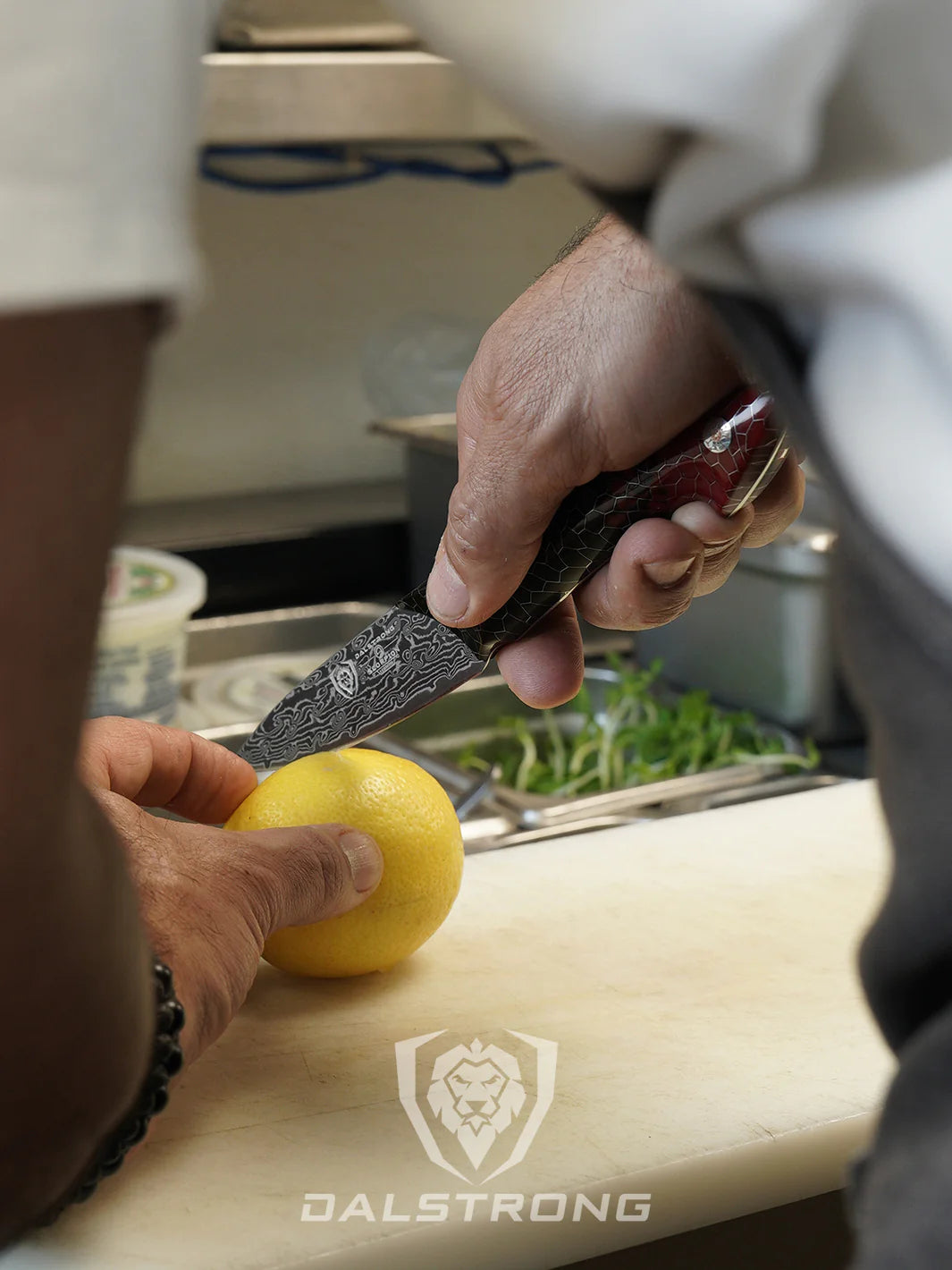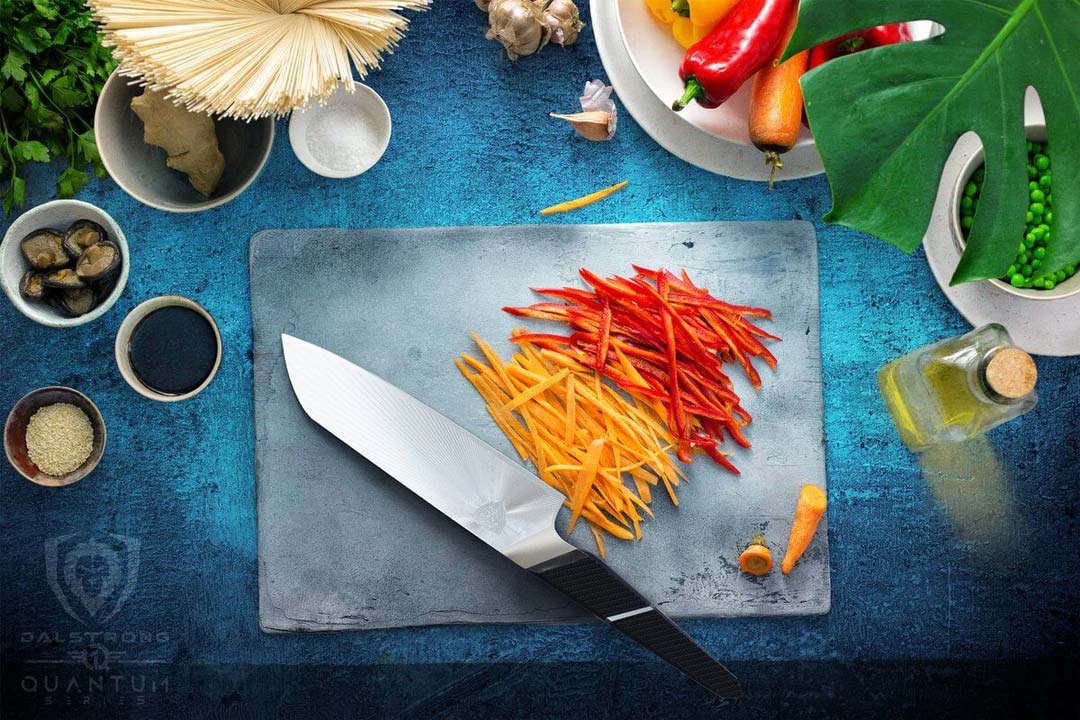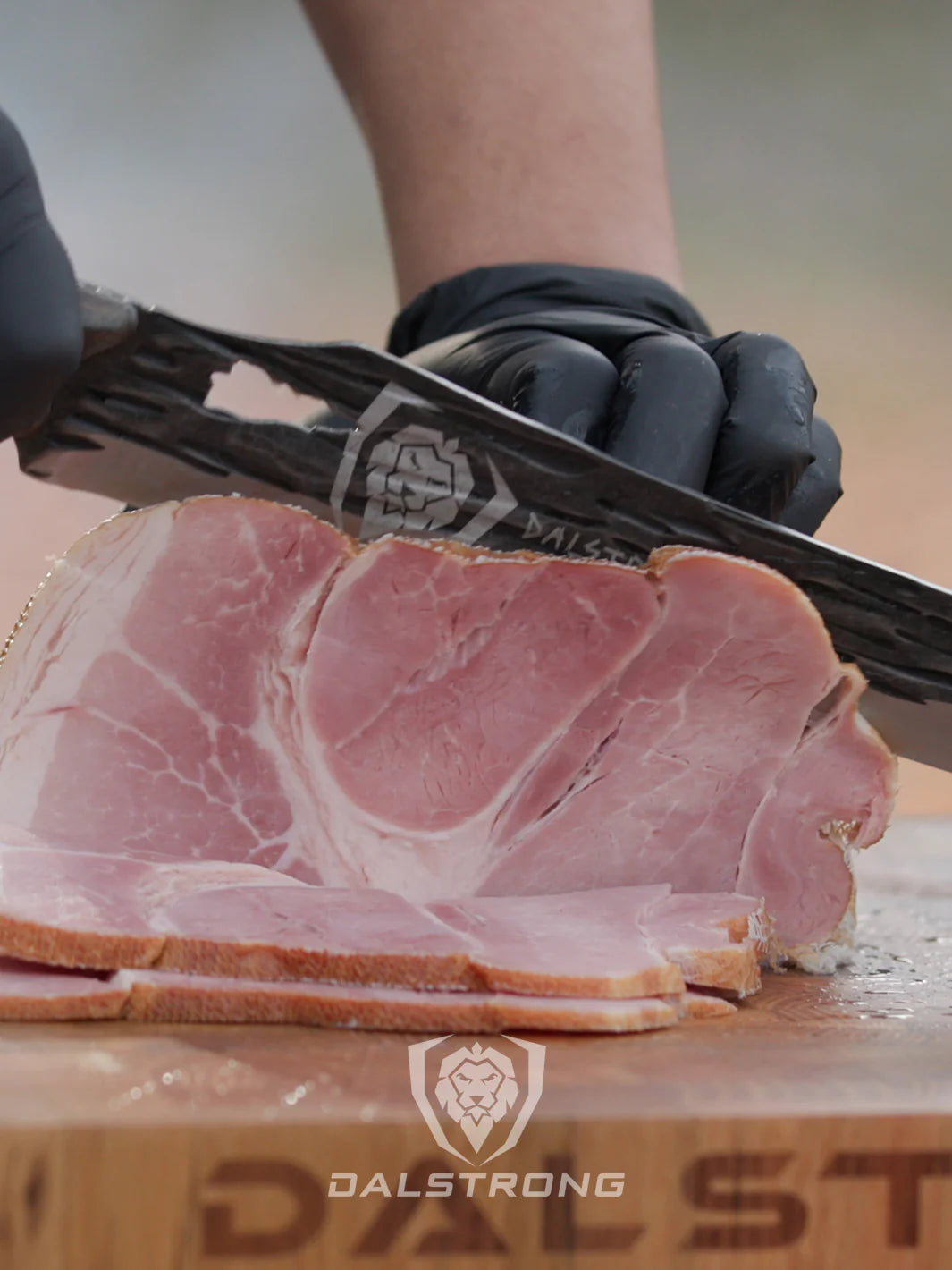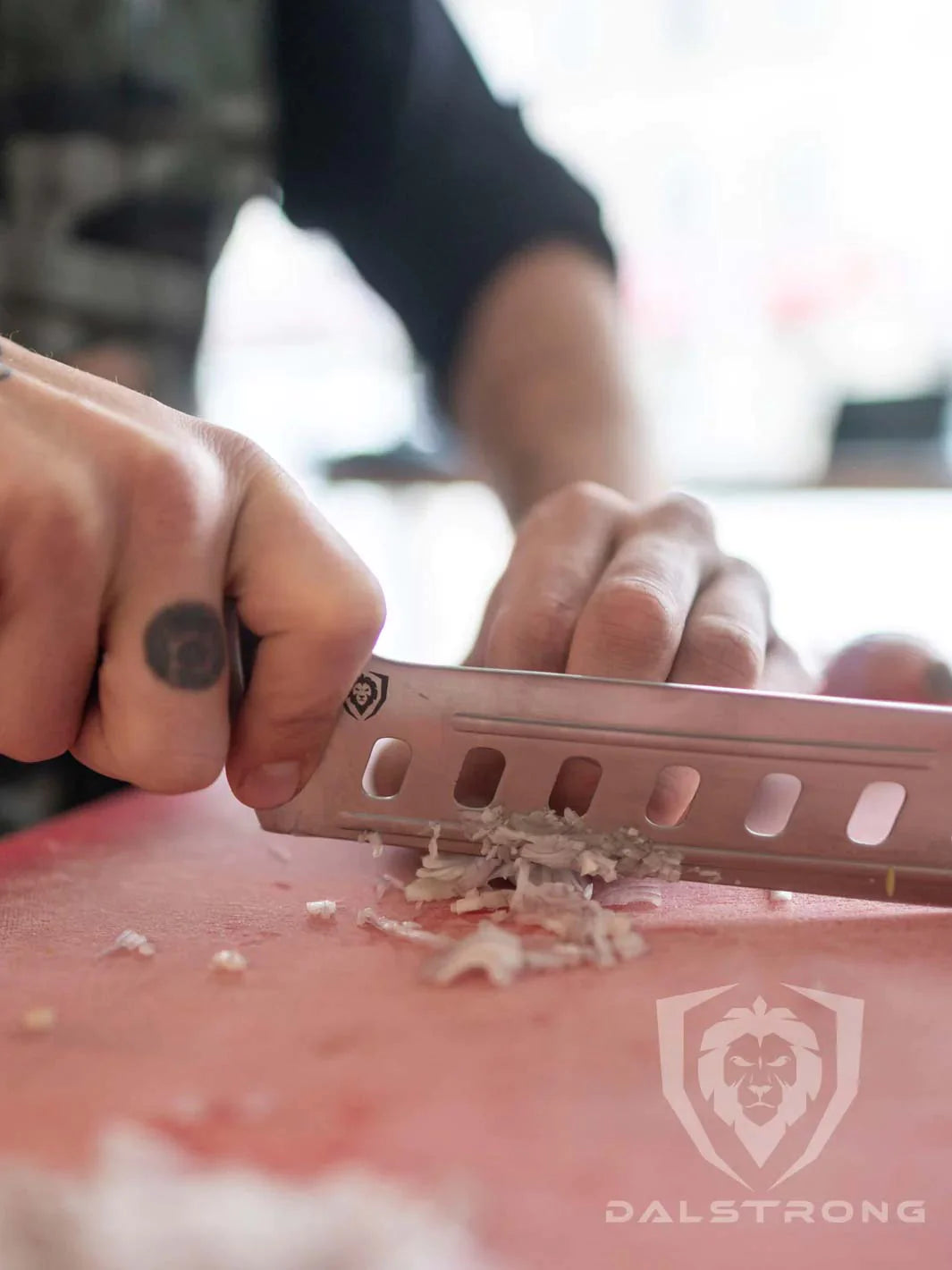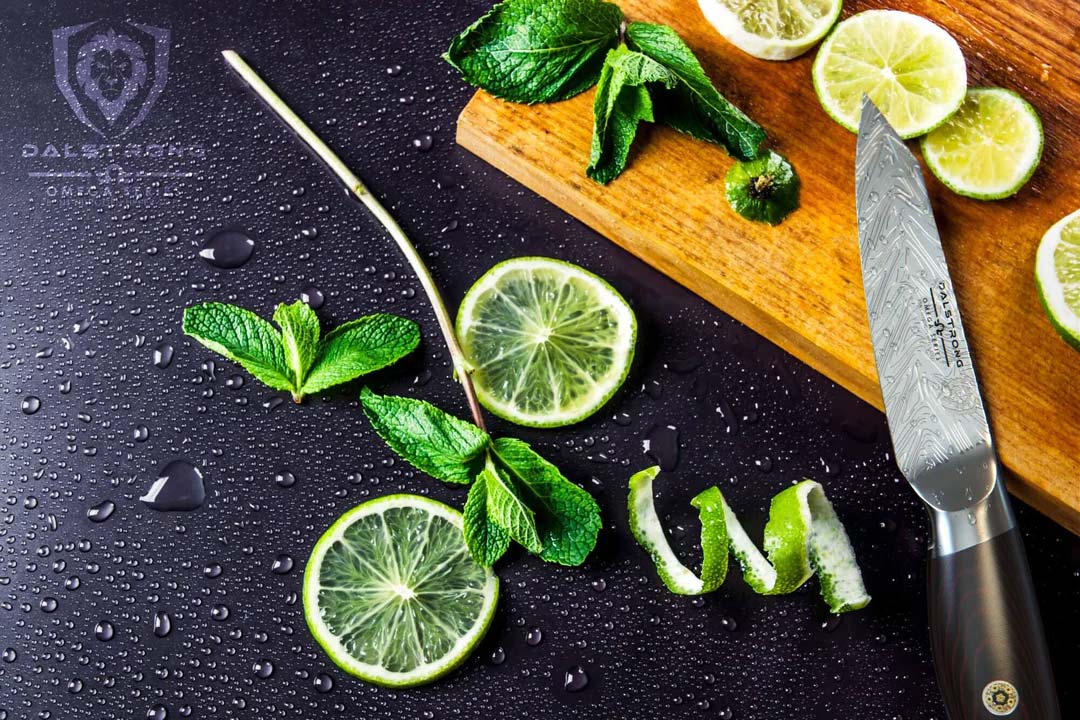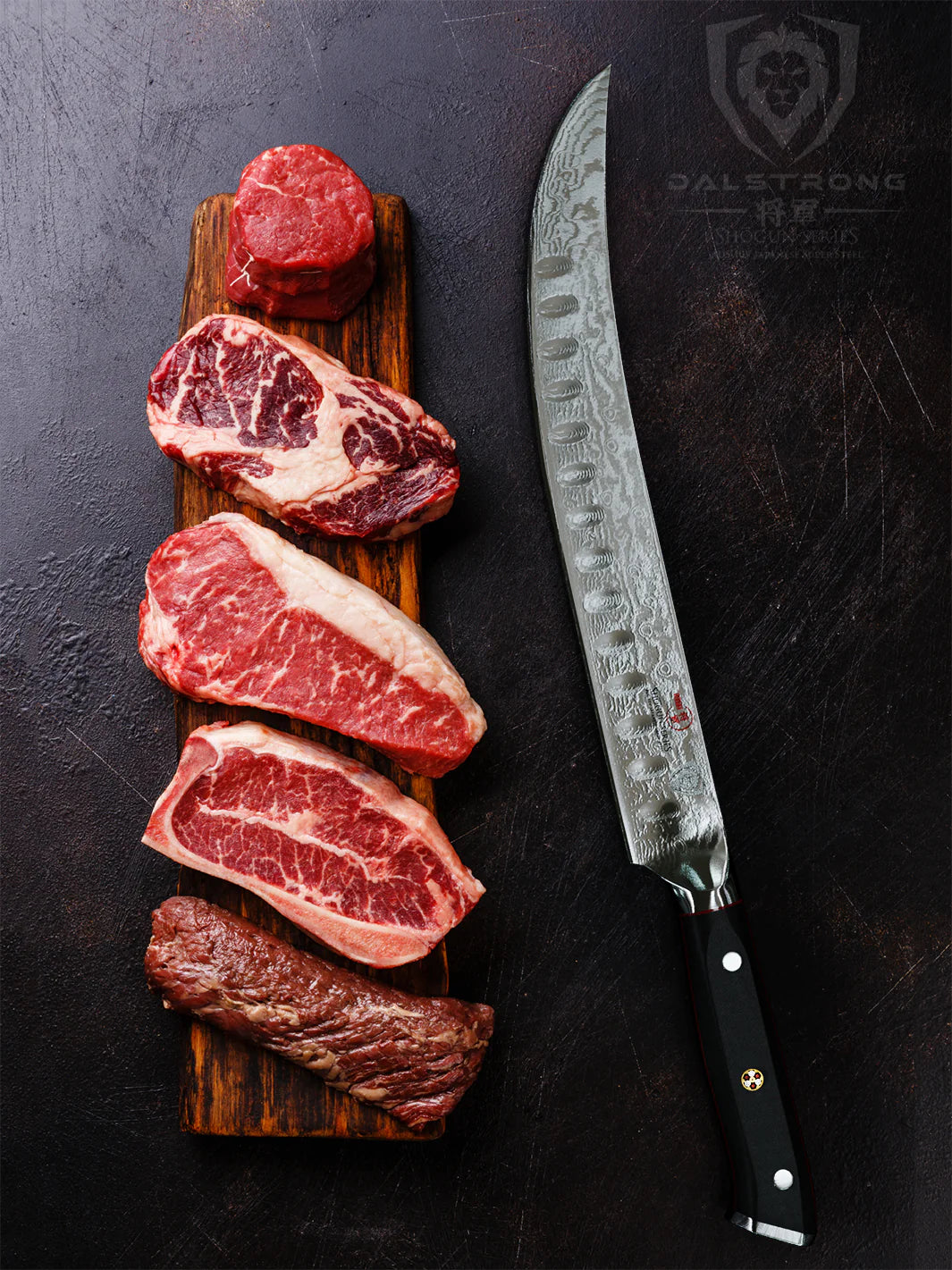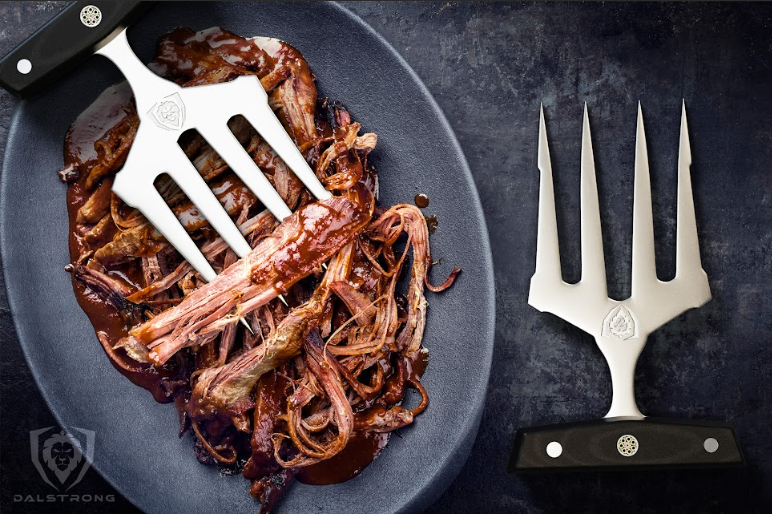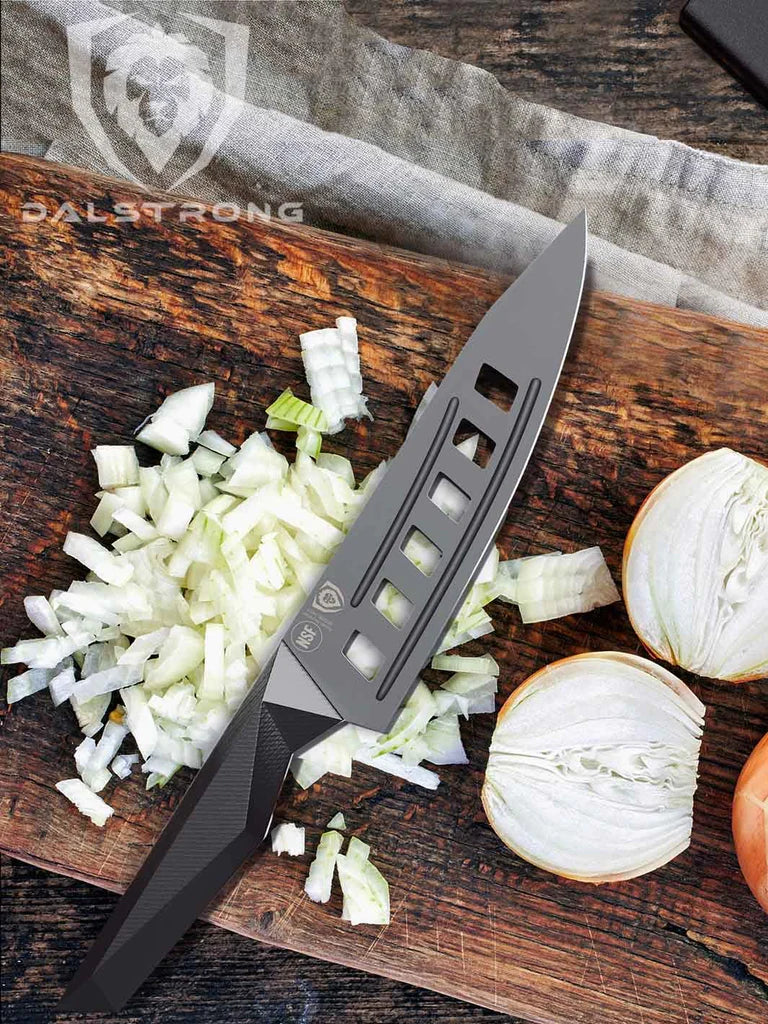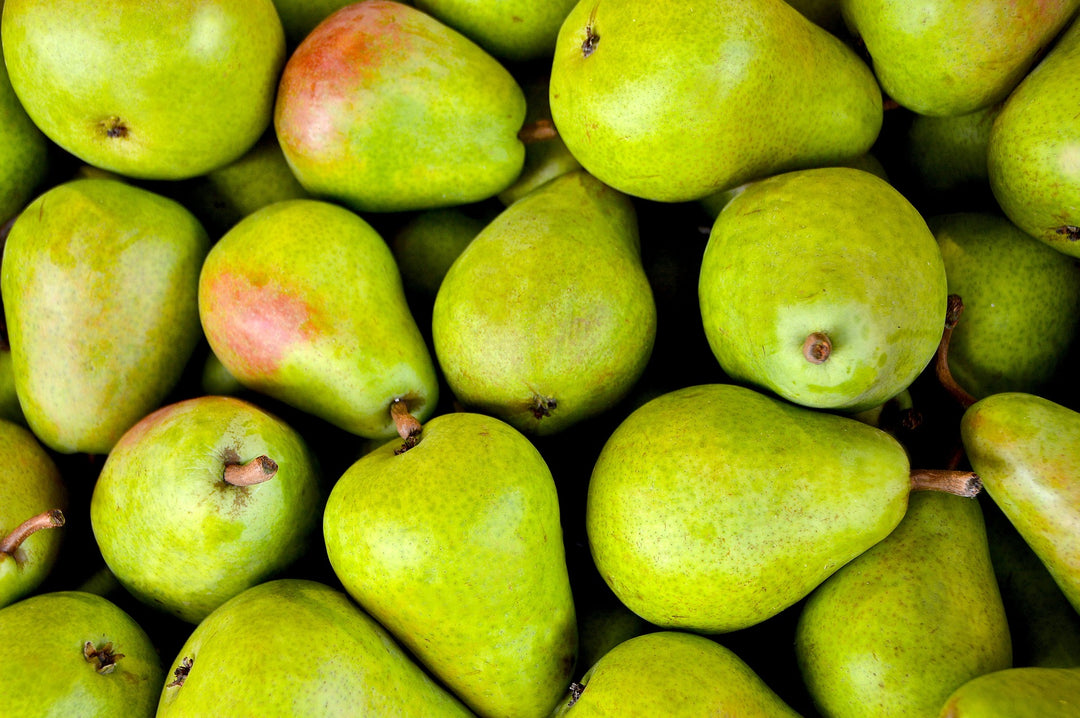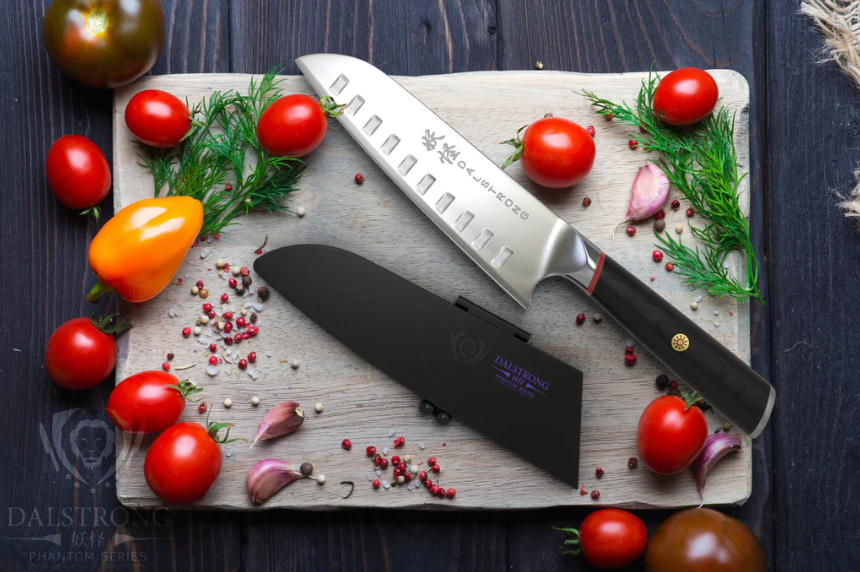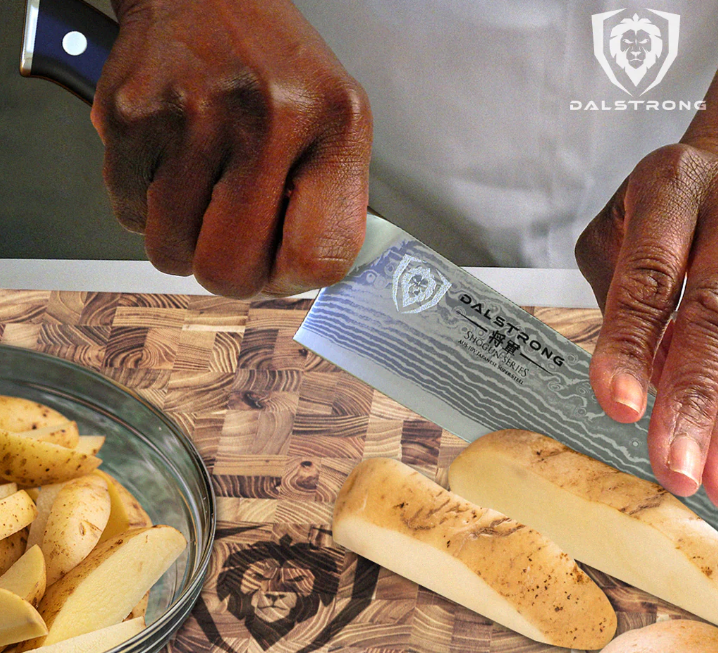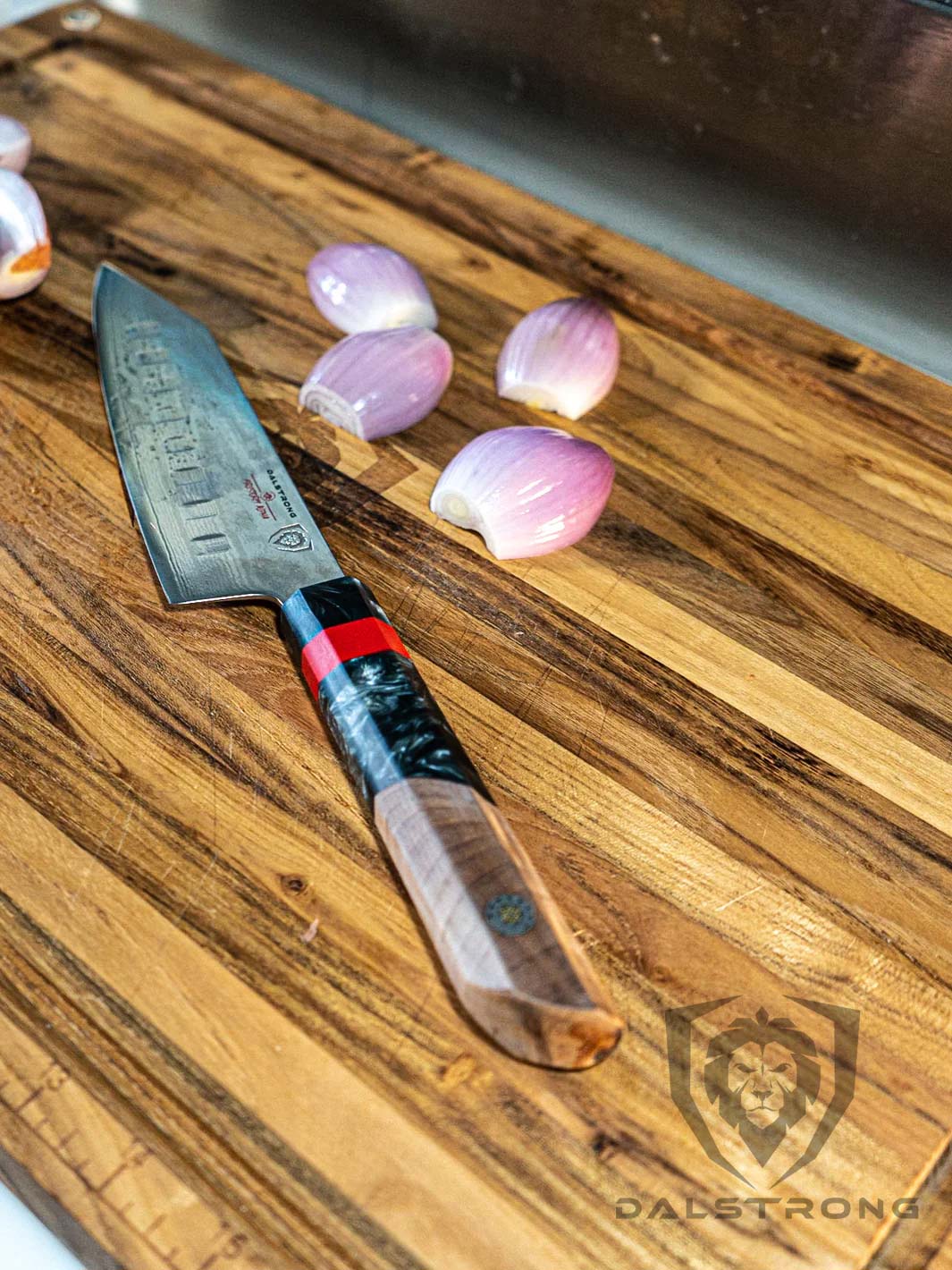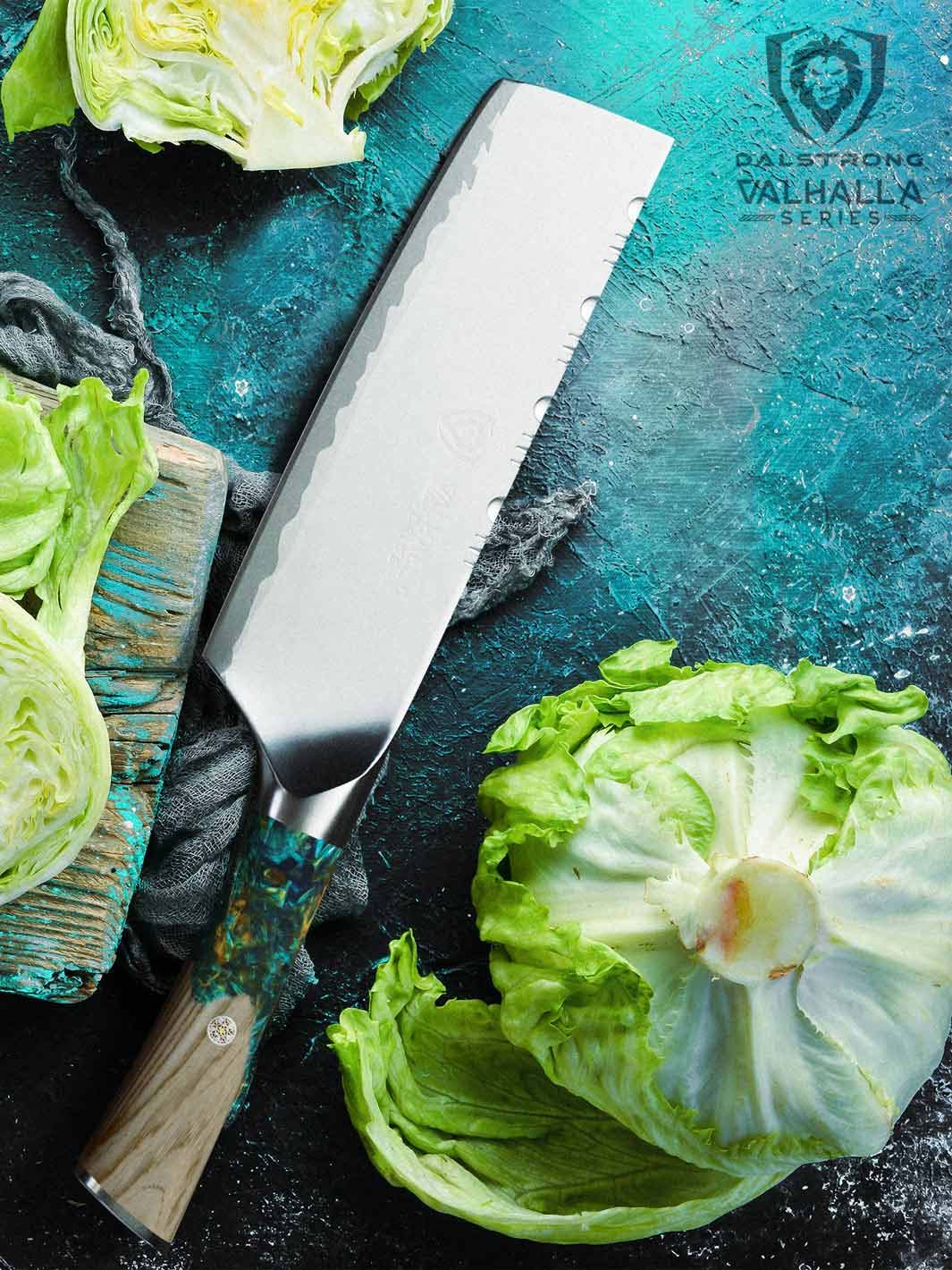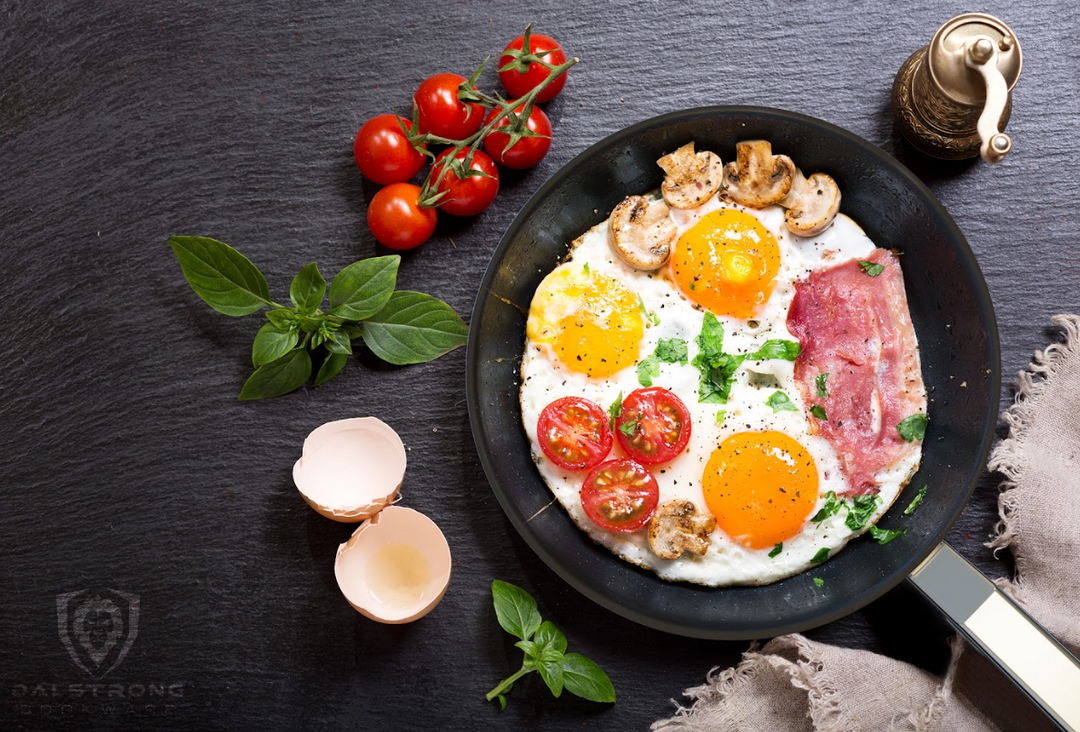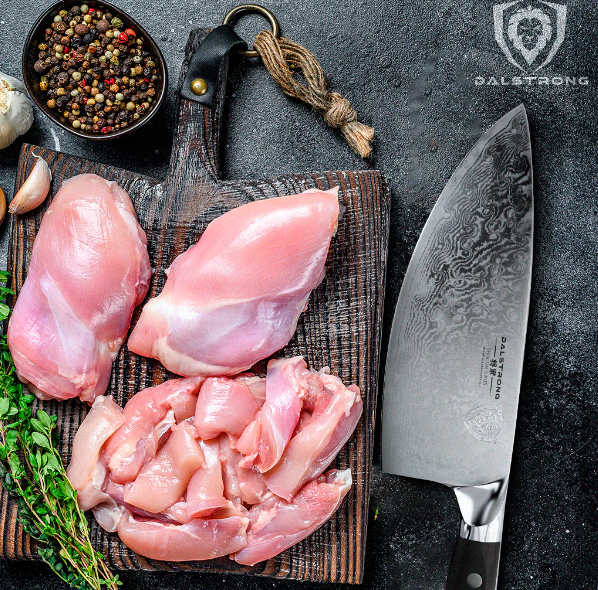How Long Does It Take To Boil Eggs
Quick Overview: How Long Does It Take To Boil Eggs
- The eggs must be at room temperature.
- Add cold water to a saucepan and then add the eggs.
- Bring the water to a soft boil and reduce to low heat.
- Start the timer when the water simmers.
- Get the eggs and transfer them to an ice bath.
- Let the eggs rest for at least 5 minutes to cool down.
- Peel and enjoy.
What is a perfect boiled egg, and how long does it take to boil one? A perfect boiled egg is relatively easy to pull off. Everyone loves to say that they have the perfect of boiling eggs, but in reality, there are many ways to get the job done. Whether you're making egg sandwiches or egg salad (check out some easy-to-make egg recipes here), knowing how to boil an egg is a MUST! Achieve a beautiful soft center and cooked egg white in no time. Stick around and we will teach you how to boil an egg in a pot!
1. How To Boil Eggs Perfectly Every Time

Boiling eggs may seem daunting for those new to the kitchen, and it may take a few attempts before you master boiling eggs perfectly. It should be easy as you get used to it, hopefully with the help of the following steps:
- Start with room-temperature eggs: Take them out of the refrigerator and allow them to come to room temperature. This helps prevent cracking when they are added to boiling water.
- Use a pot: Choose a large pot that can accommodate the eggs in a single layer. This ensures even cooking.
- Add cold water: Place the eggs in the saucepan and add enough cold water to cover them by about an inch (2.5 cm).
- Heat the water: Place the saucepan on the stove over medium-high heat and bring the water to a gentle boil. Avoid using high heat, as it can cause the eggs to crack.
- Adjust the heat: Once the water reaches a gentle boil, reduce the heat to low or medium-low to maintain a simmer. You should see tiny bubbles rising to the surface.
- Set the timer: Start the timer once the water reaches a simmer. The cooking time depends on the desired doneness.
- Use an ice bath: While the eggs are cooking, prepare a bowl with ice water. Ice baths will help stop the cooking process and make the eggs easier to peel.
- Remove the eggs from the heat and soak them in the ice bath: After cooking, carefully remove them from the saucepan using a spoon or tongs and immediately place them in the ice bath. Let them soak for at least 5 minutes to cool down.
- Peel and enjoy: To crack the shell, tap the eggs on a hard surface then peel them under cold running water or in the ice bath to facilitate peeling. Peel starting from the wider end of the egg, as it tends to be easier. Enjoy your perfectly boiled eggs!
2. How Long Does It Take To Boil Eggs
Chef's Knife 10" Delta Wolf Series | Dalstrong
The boiling time for eggs depends on their size and the desired level of doneness. Here are the general guidelines you can use when boiling eggs:
Soft-boiled eggs
- Soft-boiled eggs take approximately 4 to 6 minutes: The whites are firmly cooked, but the yolk is still runny and creamy.
Medium-boiled eggs
- Medium-boiled eggs take around 7 to 9 minutes: The whites are firmly cooked, and the yolk is partially solidified but still slightly soft in the center.
Hard-boiled eggs
- A perfectly hard boiled egg takes 10 to 12 minutes: Both the whites and the yolk are fully set.
These times are based on using large eggs at sea level. If you live somewhere with a higher altitude, you might have to adjust the cooking time. Additionally, the size of the eggs can affect the cooking time so you may have to try and adjust accordingly to achieve the desired level of doneness.
It's a good idea to start with the minimum cooking time recommended for each level and then increase it if you prefer firmer yolks. Remember to set a timer to ensure accuracy.
3. How To Peel Boiled Eggs Easily

Peeling boiled eggs can sometimes be tricky, and remember that freshness can also affect the ease of peeling. Older eggs (about 7-10 days old) are easier to peel than fresh eggs. Here are some tips to help you peel them more easily:
Cool the eggs
After boiling, run the eggs under cold water or transfer them to an ice bath to cool them down completely. The temperature difference between the cooked eggs and the cold water helps to create a separation between the egg and the shell.
Gently tap the egg
Once the eggs are cooled, tap one the egg on a hard surface to create a small crack. Then, rotate the egg and tap the other end. Be careful not to tap the shell too hard to avoid crushing the egg.
Roll the egg
Place the cracked egg on any flat surface and gently roll it back and forth with your palm. The rolling motion helps to loosen the shell of the egg white.
Peel under running water
Peel the eggs under running water or in a bowl of water. The water helps wash away small shell pieces and provides a smoother surface for peeling.
Start peeling from the wider end
Begin peeling from the wider end of the egg, where there's commonly an air pocket that makes it easier to separate the shell from the egg. Gently insert your thumb or finger under the shell and peel it away, taking care not to remove chunks of egg white along with the shell.
Peel carefully
Take your time and peel the shell in small, deliberate movements. If you encounter stubborn bits of shell, you can use the edge of your spoon or fingernail to help lift it away.
4. Dalstrong Products You Will Need
1. 8 Quart Stock Pot Hammered Finish Black Avalon Series
For you to successfully boil your eggs, you’ll need a large container where you can submerge the eggs. This 8-quart stock pot from Dalstrong’s acclaimed Avalon series of cookware should do the job perfectly.
PROS:
- Has a pleasing mirror-polished exterior and hammered finish.
- Has unbelievable heat conductivity, heating 5 times better than iron and more than times better than stainless steel.
- Ultra strong 2.5 mm thickness that will never warp or dent under prolonged heat.
CONS:
- Depending on the number of boiled eggs you'll be making, this one might be too large.
- The color might not be for everyone's liking.
2. 3 Quart Stock Pot ETERNA Non-Stick Oberon Series
It can work well for boiling eggs. The non-stick exterior of the pot will help prevent the eggs from sticking to the bottom, making it quicker to clean up. The 3-quart size should be enough to accommodate a reasonable number of eggs in a single layer for boiling.
PROS:
- The extra-strong, thick, 4mm glass lid provides a clear window for a more precise cook.
- Very durable with thick layers of non-reactive 18/10 stainless steel
- The lid knob is made from thick cast steel with a bright mirror polish that proudly shows the Dalstrong lion insignia.
- Features a stylish and classic look.
CONS:
- Other people may like the larger stock pot.
- If you are looking for something a little flashier in terms of design, it's not for you.
3. 3 Quart Stock Pot Silver Oberon Series
This stainless steel stock pot will last a lifetime. This cookware has impeccable conductivity to evenly heat and cook a wide range of culinary excitement. The 18/10 stainless steel shine at browning and braising foods while looking beautiful in the process. This stock pot looks great, requires low maintenance, and works great for boiling eggs.
PROS:
- Has fused thick layers of non-reactive 18/10 stainless steel, extending the life of this cookware.
- Features nylon polish & layers of satin to enhance scratch resistance properties and smoothness.
- Ultra strong 2.5mm thickness that will never warp or dent under extended heat for consistent cooking results every time.
- Refrigerator, dishwasher, and freezer safe.
CONS:
- If you're looking for a heavy-duty large stock pot, this one might be a bit smaller in size.
- Other people may prefer a non-stick coating.
4. 5 Quart Stock Pot Hammered Finish Black Avalon Series
A perfect example of task meeting form, this stock pot has a copper core foundation and the best premium steel, which provides responsiveness and excellent heat conductivity. It is an absolutely outstanding cooking pot to look at, with a stylish hammered finish in black color.
PROS:
- 20X better than stainless steel and conductivity that heats 5X better than iron.
- The exterior is mirror polished for enhanced grip on electric ranges, gas stoves, and induction cooktops.
- An astounding pot for passing from the stovetop to the oven.
CONS:
- This stock pot does not have the property of a nonstick coating.
- This premium cookware is towards the upper end of the price range.
5. 8 Quart Stock Pot Hammered Finish Silver Avalon Series
This premium stock pot 5-ply has a remarkable design that is high-performing and built to last a lifetime. This cookware allows for precise searing, sautéing, boiling, deep frying, browning, and even baking, with an impressive design that meets up both performance and luxury.
PROS:
- Designed to make room for professional chefs' and home cooks' underhand grip, offering a pleasant and secure hold while cooking.
- Comes with a durable stainless steel lid to keep a perfect seal while cooking.
- The knob is made from thick cast steel that displays the Dalstrong lion insignia.
CONS:
- The hammered finish and black color might not be everyone's liking.
- It can be too big for a small family.
5. Frequently Added Questions
How do you know when boiled eggs are done?
When boiling eggs, you can determine their doneness by observing the cooking time and using various methods to check the internal consistency.
How long does it take to boil 3 eggs?
The cooking time for boiling eggs can vary on the egg size and the desired doneness. Soft-boiled eggs: Cook for approximately 4 to 6 minutes. Medium-boiled eggs: Cook for around 6 to 8 minutes. Hard boiled egg : Cook for about 9 to 12 minutes.
Does it take 30 minutes to boil an egg?
No, it does not take 30 minutes to boil an egg. The cooking time for boiling eggs is generally much shorter. The exact time can vary depending on the desired doneness and the size of the eggs.








































































































































































